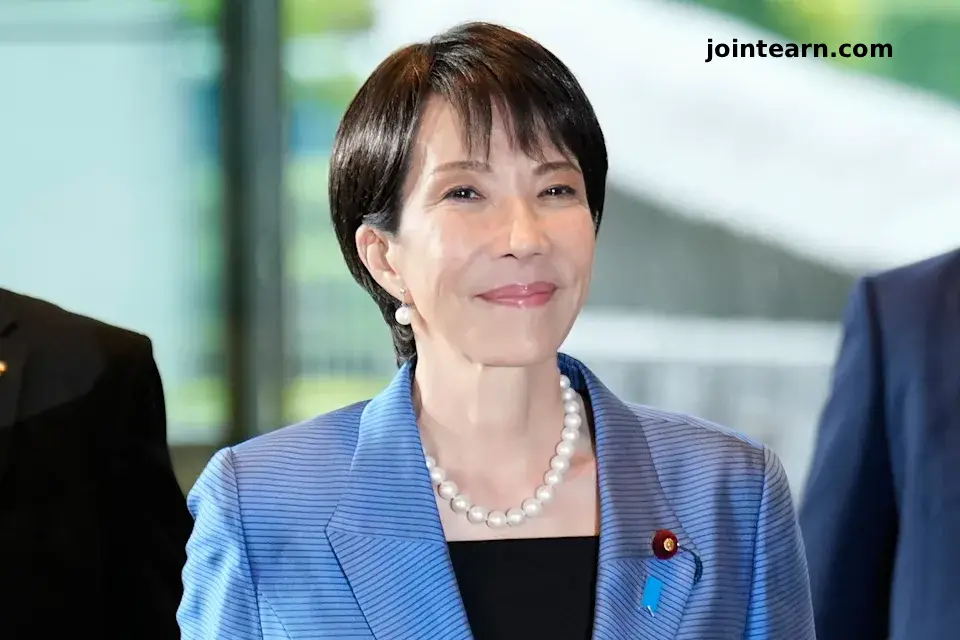
Tokyo, Japan — In a historic milestone for Japan, ultraconservative politician Sanae Takaichi has been elected the country’s first female prime minister, breaking through the male-dominated hierarchy of the Liberal Democratic Party (LDP). Takaichi, 64, also becomes the first woman to lead Japan’s dominant postwar political party, signaling a potential shift toward a more right-leaning government.
Parliamentary Victory and Coalition Politics
Takaichi secured 237 votes in the lower house of Japan’s parliament, narrowly surpassing the majority by just four votes. She defeated Yoshikoko Noda, leader of the Constitutional Democratic Party, who won 149 votes. Her win was facilitated by a coalition with the right-wing Japan Innovation Party (Ishin no Kai), after the LDP’s former partner, the Buddhist-backed Komeito, left the coalition in protest over her ultraconservative positions.
Despite the coalition, Takaichi’s government does not hold a majority in both parliamentary chambers, requiring careful negotiation with other parties to pass legislation. Analysts caution that this fragile balance could limit her ability to implement her ambitious agenda.
Inspired by Thatcher, Following Abe’s Legacy
Takaichi has frequently cited Britain’s former Prime Minister Margaret Thatcher as a key inspiration, praising Thatcher’s strength, convictions, and leadership style, which she combines with what she calls “womanly warmth.” She met Thatcher in 2013 shortly before the British leader’s death.
She is also a protégé of the late Japanese Prime Minister Shinzo Abe, embracing his conservative vision and economic policies known as “Abenomics.” Takaichi supports fiscal stimulus, higher government spending, tax cuts, and enhanced government oversight of the Bank of Japan to boost the nation’s struggling economy.
Right-Wing and Nationalist Policy Agenda
Takaichi is known for her hawkish positions on national security and her nationalist stances, including:
- Regular visits to Yasukuni Shrine, a controversial site honoring Japan’s war dead, including convicted war criminals.
- Support for revising Japan’s pacifist postwar constitution.
- Proposing a “quasi-security alliance” with Taiwan, challenging China’s territorial claims.
- Opposing same-sex marriage and maintaining male-only imperial succession.
- Advocating stricter immigration policies.
Her policies are widely seen as appealing to men more than women, though she has pledged to slightly increase female representation in government. Despite this, she appointed just two women as ministers and a third as a special aide, reflecting her conservative approach to gender roles.
Personal Background and Leadership Style
Takaichi, a former drummer in a heavy-metal band and motorcycle enthusiast, has cultivated an image of diligence and work ethic. She often describes herself as a workaholic, famously stating, “I will abandon the word ‘work-life balance.’ I will work, work, work and work.”
Born in Nara, she entered politics in 1993 as an independent, winning a lower house seat before joining the LDP in 1996. Her parents worked modestly — her mother as a police officer and her father in the automotive industry — distinguishing her background from the political elite. She holds a degree in business management from Kobe University and spent time as a congressional fellow in the U.S. Congress.
Policy Priorities and Challenges
Takaichi faces multiple pressing challenges:
- Economic: Addressing inflation, boosting economic growth, and restoring investor confidence amid Japan’s high debt levels.
- Political: Maintaining coalition stability and building support in a male-dominated party and fragmented opposition.
- Social Policy: Balancing conservative gender norms with public pressure for more female representation and equality.
- International Relations: Managing tensions with China and South Korea, while preparing to host global leaders including U.S. President Donald Trump.
Her coalition with Ishin no Kai emphasizes right-wing policies, but the departure of Komeito highlights the limits of her government’s centrist support.
The Road Ahead
Takaichi’s election represents both a historic breakthrough for women in Japanese politics and a potential pivot toward ultraconservative governance. Observers will closely watch whether she can consolidate power, implement economic reforms, and navigate Japan’s complex domestic and international landscape, while also making history as the nation’s first female prime minister.
Leave a Reply